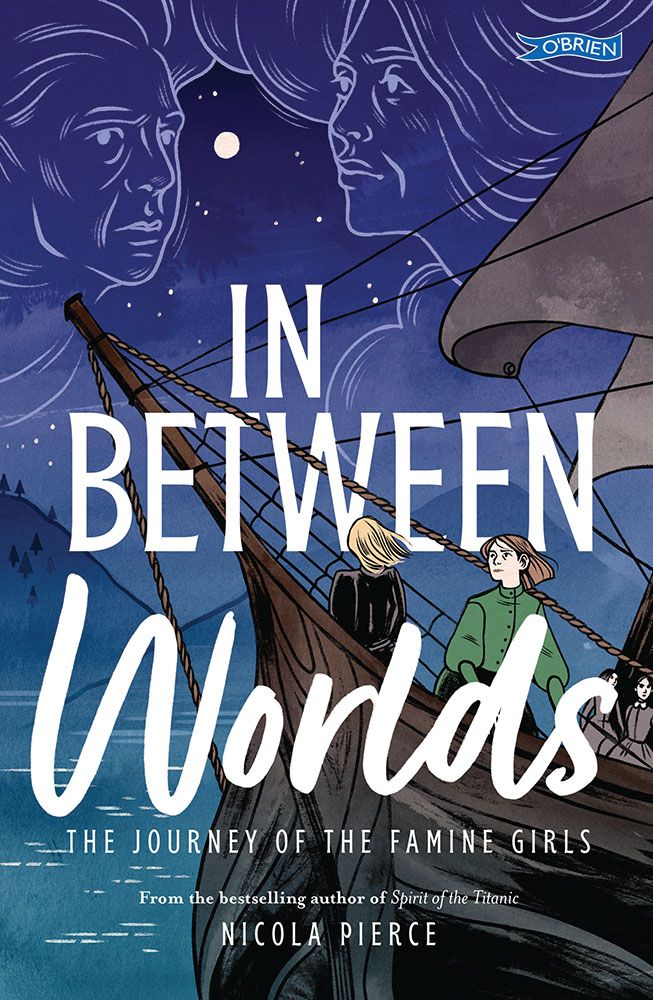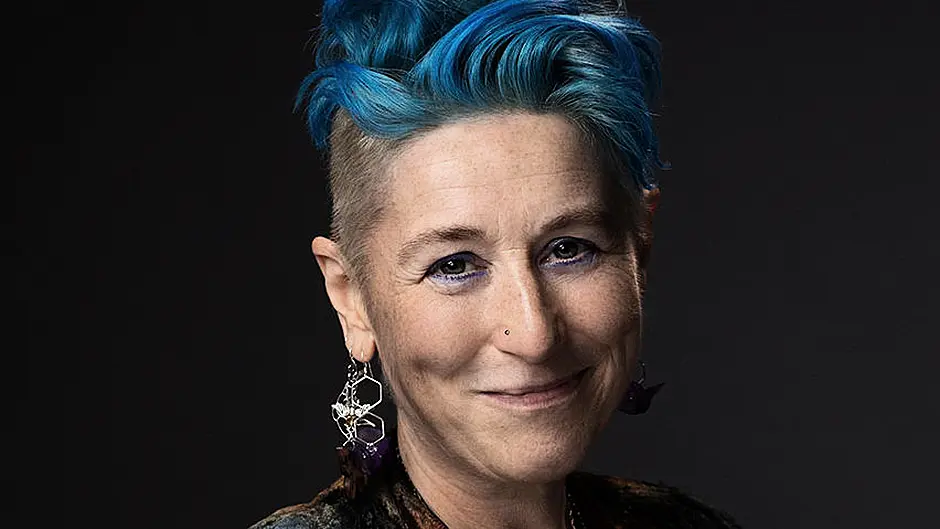AN Irish author was inspired by the famine history of Skibbereen for her new novel, after a Covid ‘staycation’ to West Cork.
Skibbereen features heavily in Nicola Pierce’s new novel, In Between Worlds – The Journey of the Famine Girls, which follows the lives of two fictional characters Maggie and Sarah, who made their way to Australia as part of the Earl Grey Scheme, a British government plan which sent poor Irish teenage women to ti colonies, to meet the demand for domestic labourers and single young women.
Nicola is an historical fiction writer based in Drogheda and In Between Worlds is her sixth novel.
Nicola says: ‘I love history and I love English and especially love that I can combine my two passions in this way. Most of my reading is history books and that is how I come across topics for new books. In this case I did not know that girls were asked if they would “like” to leave the workhouses and sail off to Australia. This was something new to me and when my publishers brought me the idea, I was grateful for the opportunity to write it.’
‘I chose the ship the Thomas Arbuthnot because the man in charge, the ship’s surgeon Dr Charles Strutt, really cared about the girls and whoever travelled with him didn’t end up sick. They were very well looked after and he made sure they all got decent jobs when they arrived. On board they were taught skills such as cleaning, reading, writing, arithmetic and dressmaking.’
Nicola says that no girls from Skibbereen would have been on that particular ship but she had visited the town during her first Covid staycation in 2020.
‘The haunted and charged atmosphere of the area just stayed with me as it was the most devastated place in Ireland during the famine and I wanted my main characters to be from there.’
Nicola says there was so much to fit into the novel, the famine itself, the passage over and then life in Australia that she wished she had been asked to write a trilogy to be able to fit it all in.
While looking for a way to start the novel, Nicola had an experience at a cinema in Drogheda where she heard a voice in her head starting the story for her ‘I am in an old folks home in Australia. It’s my 100th birthday and I am going to tell my story.’
And that is how the story begins, with Maggie talking directly to the reader on her 100th birthday and then moving back to her life in Skibbereen before the famine.
‘I hoped to show how wonderful life was before the famine hit, so I have a chapter showing an Irish wake which was an opportunity for me to bring the whole community together and show that Irish wakes were about mourning who was lost and also an opportunity to get together. After the wake it starts to rain and then the first crop fails and we move into the famine in Skibbereen.’
Nicola recently visited Skibbereen again.
‘It felt just as haunted by ghosts as when I first visited. I went to the Heritage Centre and got to see the wonderful exhibition there. Terri Kearney and her team have done a brilliant job.
‘I felt that I had read everything and knew everything but I still found myself breaking down in tears in the centre. I also got to touch the last remaining wall where the workhouse stood up at the hospital and that was a huge thrill – to clasp the stones and to visit the graveyard which is set in such lush landscape, it is sad to know how many thousands starved to death in the area.’
Nicola says that she loves Skibbereen and would move tomorrow if she could. Her favourite shops in the town are the Time Travellers’ Bookshop and the Woodsman Realm.
 Between 1848 and 1850, over 4,000 orphaned girls from the workhouses, aged between 14 and 18, were offered free passage to Australia. At the time, the British Secretary of State for the Colonies, Earl Grey, was in charge of colonial immigration and therefore the project was named the Earl Grey Scheme.
Between 1848 and 1850, over 4,000 orphaned girls from the workhouses, aged between 14 and 18, were offered free passage to Australia. At the time, the British Secretary of State for the Colonies, Earl Grey, was in charge of colonial immigration and therefore the project was named the Earl Grey Scheme.





